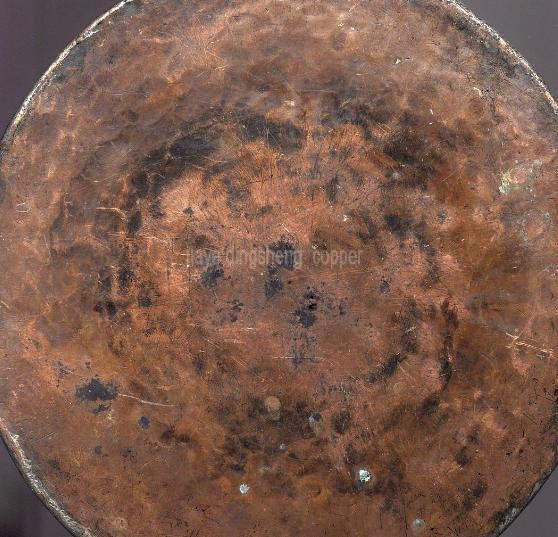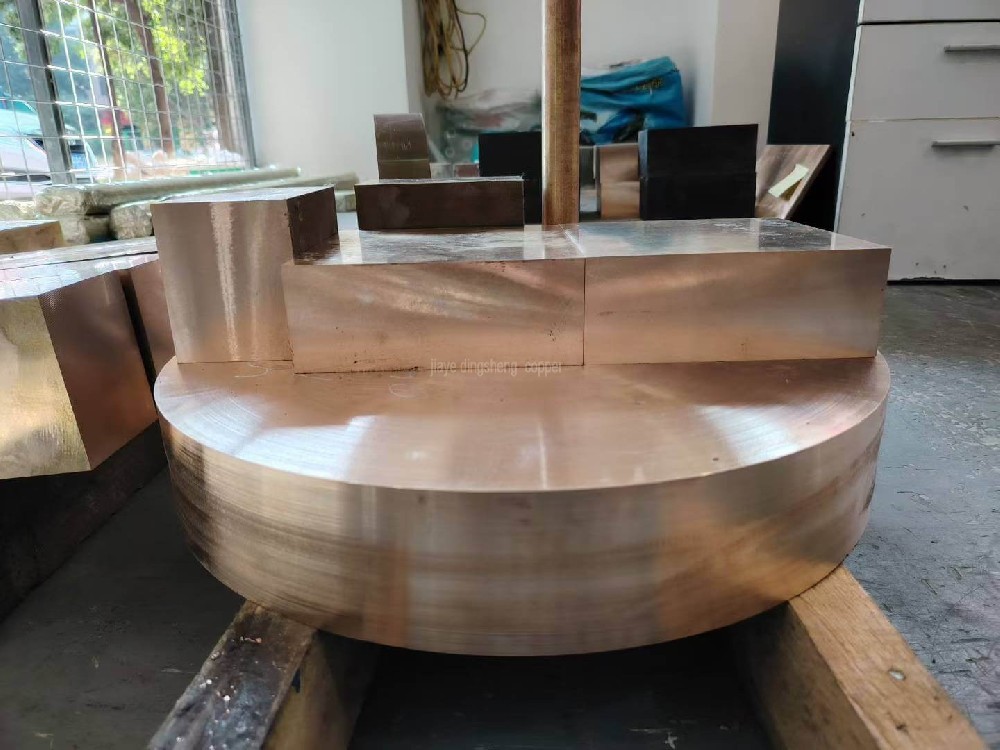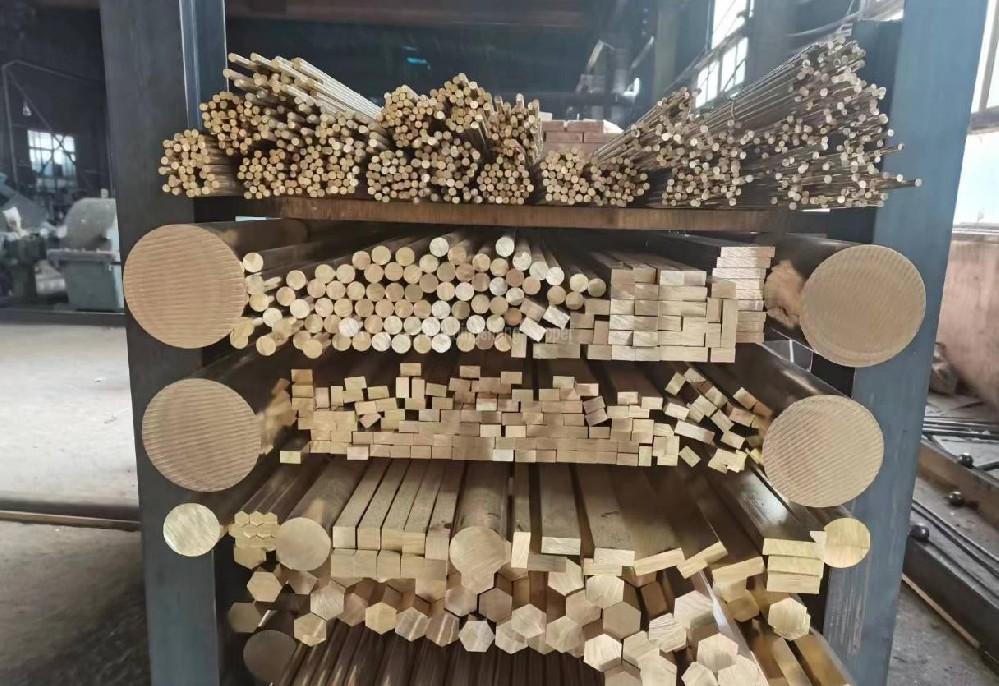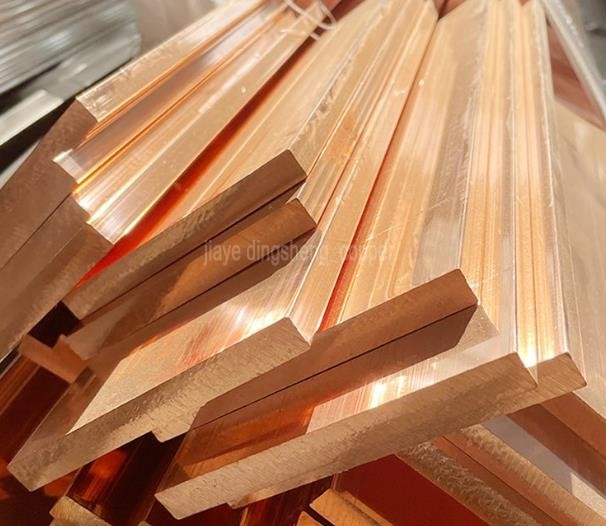Which is harder phosphor bronze or brass?
The hardness of phosphor bronze is usually higher than that of brass because phosphor bronze contains alloying elements such as phosphorus, which enhances its strength and hardness.
Hardness comparison
l The hardness of Phosphor bronze: It has a relatively high hardness, with a common hardness range of 85-355 HRB or HV180-220. The elastic modulus is 110-120 GPa, and the fatigue limit can reach 300 MPa (after 10⁷ cycle tests).
l The hardness of brass: The hardness of ordinary brass is relatively low. The Brinell hardness (HB) of ordinary brass is usually between 80-200, and the Mohs hardness is approximately 3-4. However, special brass (containing various elements such as tin, manganese, etc.) has higher hardness, but it is still lower than that of phosphor bronze.

Material property differences
Phosphor bronze, due to its content of elements such as tin and phosphorus, has superior hardness and elasticity compared to brass. It is commonly used in precision instruments, bearings, and other high-precision components. Brass, on the other hand, is known for its wear resistance and ductility, and is mostly used in water pipes, radiators, and other civilian or industrial products.
Basic properties of phosphor bronze and brass
Both phosphor bronze and brass are common metal alloys. They possess their own unique physical and chemical properties and are widely used in industrial production and daily life. Phosphor bronze is an alloy material made by using copper as the main component and adding appropriate amounts of alloy elements such as tin and phosphorus. It has high strength, high hardness, and good corrosion resistance. Brass is an alloy made by mixing copper and zinc in a certain proportion, and has good processing performance and electrical conductivity.
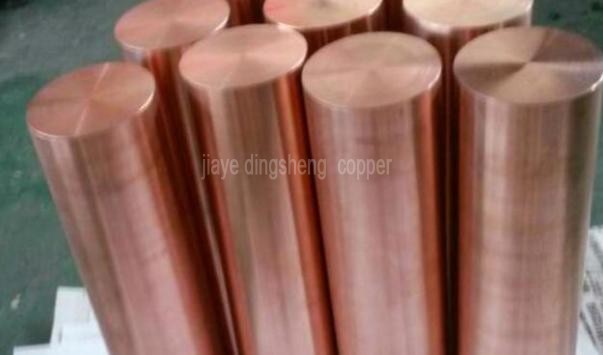
Comparison of hardness between phosphor bronze and brass
In the comparison of hardness between phosphor bronze and brass, phosphor bronze demonstrates higher hardness. Although both these alloy materials are composed of copper and other elements, phosphor bronze has its crystal structure optimized by adding phosphorus, which gives it better wear resistance and durability. Specifically, according to the Rockwell hardness standard, the hardness of phosphor bronze falls within the C range, which is obviously harder compared to the B range of brass. This difference is mainly attributed to the 0.5 to 2.0% phosphorus content in phosphor bronze, which effectively enhances the overall hardness of the material. In contrast, the higher zinc content (20 to 45%) in brass makes it relatively softer. Therefore, in applications requiring wear resistance, phosphor bronze is the better choice. Of course, for processing or bending scenarios, the softness of brass may be more advantageous. In summary, the choice between phosphor bronze and brass depends on the specific application and processing requirements.
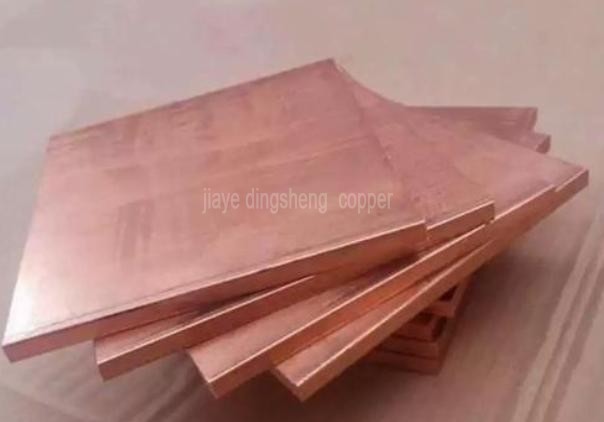
The differences in application between phosphor bronze and brass
There are certain differences in application between phosphor bronze and brass. Due to its high strength and hardness, phosphor bronze is often used to manufacture components that need to withstand high pressure and wear, such as electrical contact elements and gears. Additionally, phosphor bronze is widely used in marine engineering and chemical industries due to its excellent corrosion resistance. On the other hand, brass, with its good processing properties and electrical conductivity, is widely used to manufacture various hardware products and wires and cables.
# Tags:
-
Which is harder phosphor bronze or brass

